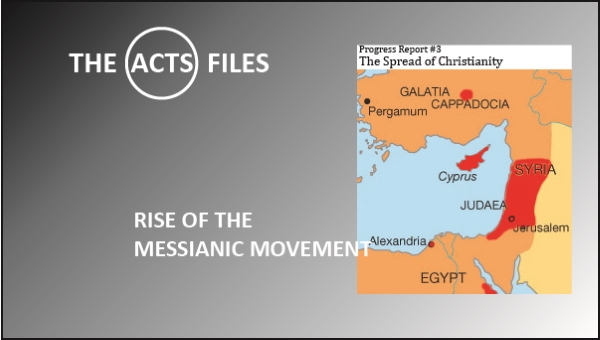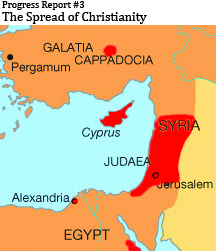By Tyson Thorne

Once in Jerusalem Saul did not return to the Temple, or even home. His first stop was to find the apostles. They did not receive him, however, fearing like those in Damascus that this was some form of trap. Barnabus decided that rather than allowing Saul into the presence of all the disciples, he would meet with Saul and determine the former persecutor’s intentions. Convinced, Barnabus brought Saul into the presence of the others where he gave his testimony and proclaimed his devotion to Jesus. One the disciples learned of Saul’s outspoken sermons in Damascus, they received him with a guarded welcome.
After spending some time with Saul, both in public and in private, they became convinced of his sincerity. The disciples may have been fully convinced when they learned of the Hellenists’ plot to kill Saul. For his protection, they traveled with him as far as Caesarea-Maritima (a major port that was built near modern day Tel-Aviv) and sent him on to Tarsus by ship.
The occasion also allowed them the opportunity to catch up with Philip who, after his missionary journey from Azotus to Caesarea, stayed in the metropolis. His family joined him (Acts 21.8) and he led the church there for many years.
At this point in the narrative Luke gives us the third progress report. With Saul having joined the Christ-followers and the attention of the Temple leaders focused on this dramatic turn, the church experienced a time of peace and growth. The church had become multi-national and may have reached as far as Rome thanks to the first Christian Pentecost and Saul’s initial persecution. No numbers are mentioned, but for the first time their numbers included not only Jews, but Gentiles, Samaritans and Ethiopians. See the map below for the spread of the Messianic movement.
|
|
|